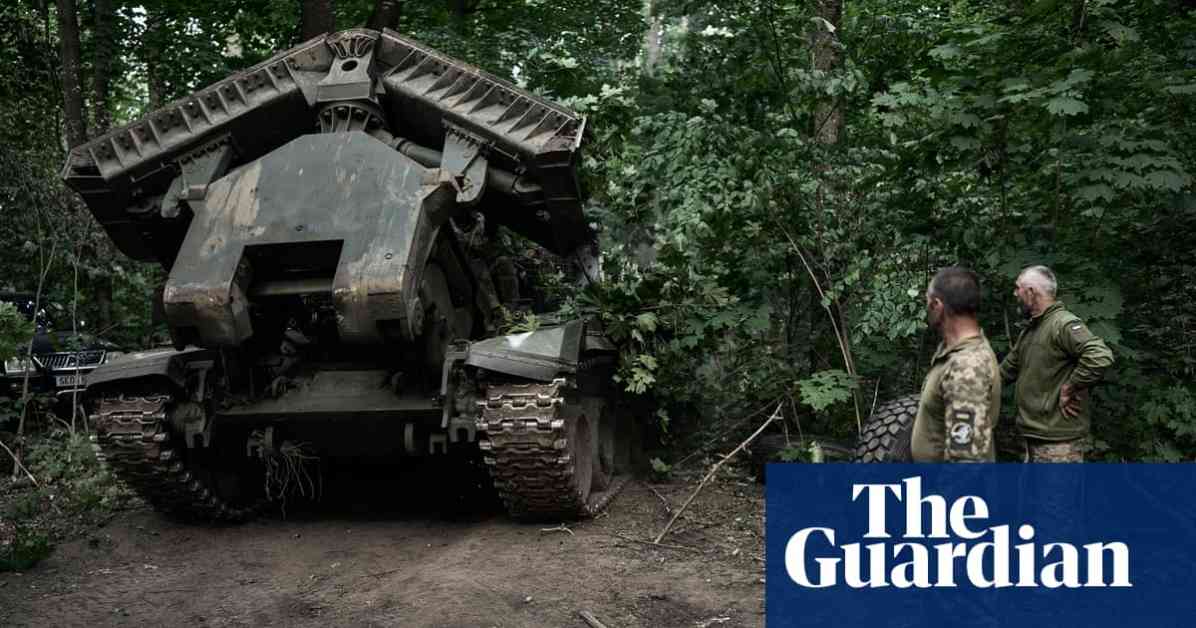Ukraine’s Strategic Offensive in Russia
Ukraine’s recent lightning offensive into several Russian border regions has caught the attention of the international community. The incursion, led by Ukrainian President Volodymyr Zelenskiy, is aimed at persuading Moscow to engage in “fair” talks about its ongoing war in Ukraine. Mykhailo Podolyak, a presidential adviser to Zelenskiy, emphasized the need to deliver significant tactical defeats to Russia to push for negotiations.
Podolyak highlighted the military actions in the Kursk region as a means of coercing Russia into entering into a fair negotiation process. The destruction of key infrastructure such as bridges on the Seim river has effectively hindered Russian troop movements in the area. This strategic move by Ukraine is part of a broader effort to pressure Russia into diplomatic discussions to resolve the conflict.
Russian Forces Advance Towards Pokrovsk
As Ukrainian forces make gains in the Kursk region, Russian troops are rapidly advancing towards the strategic city of Pokrovsk in the Donetsk region. Pokrovsk, a key defensive stronghold for Ukraine, is a crucial logistics hub that plays a significant role in the eastern region’s defense and supply routes. Its capture by Russian forces could severely compromise Ukraine’s defensive capabilities and bring Russia closer to achieving its goal of controlling the entire region.
Military authorities in Ukraine have urged civilians in Pokrovsk to expedite their evacuation as Russian troops approach the city at a fast pace. The looming threat of a Russian takeover has prompted concerns about the safety and security of residents in the city. The urgency of the situation underscores the gravity of the conflict and the high stakes involved for both sides.
International Response to the Conflict
The international community, particularly Western powers like the United Kingdom and the United States, has been closely monitoring the unfolding situation in Ukraine. While Russia has accused NATO and Western countries of aiding Ukraine’s incursion, British officials have affirmed Ukraine’s right to self-defense under international law. The UK’s support for Ukraine’s military operations underscores the complex dynamics at play in the conflict.
Similarly, the US has deemed Ukraine’s offensive as a legitimate defensive move, allowing Kyiv to utilize US equipment in its operations. However, concerns have been raised about the potential escalation of the conflict if Ukrainian forces engage in actions that could be perceived as provocative or aggressive. The delicate balance of supporting Ukraine while avoiding direct confrontation with Russia remains a key challenge for Western nations.
Despite the ongoing military engagements and territorial gains, the ultimate goal of Ukraine’s incursion into Russia is to counter artillery and missile attacks and establish a buffer zone to protect its borders. The use of advanced weaponry and equipment, including British-supplied tanks and US-made vehicles, highlights the evolving nature of modern warfare and the strategic importance of military technology in the conflict.
In conclusion, Ukraine’s strategic offensive in Russia represents a significant escalation in the ongoing conflict between the two countries. The military actions, diplomatic negotiations, and international responses all contribute to the complex dynamics of the situation. As the situation continues to evolve, the outcomes of Ukraine’s incursion and Russia’s response will have far-reaching implications for the region and the global security landscape.












